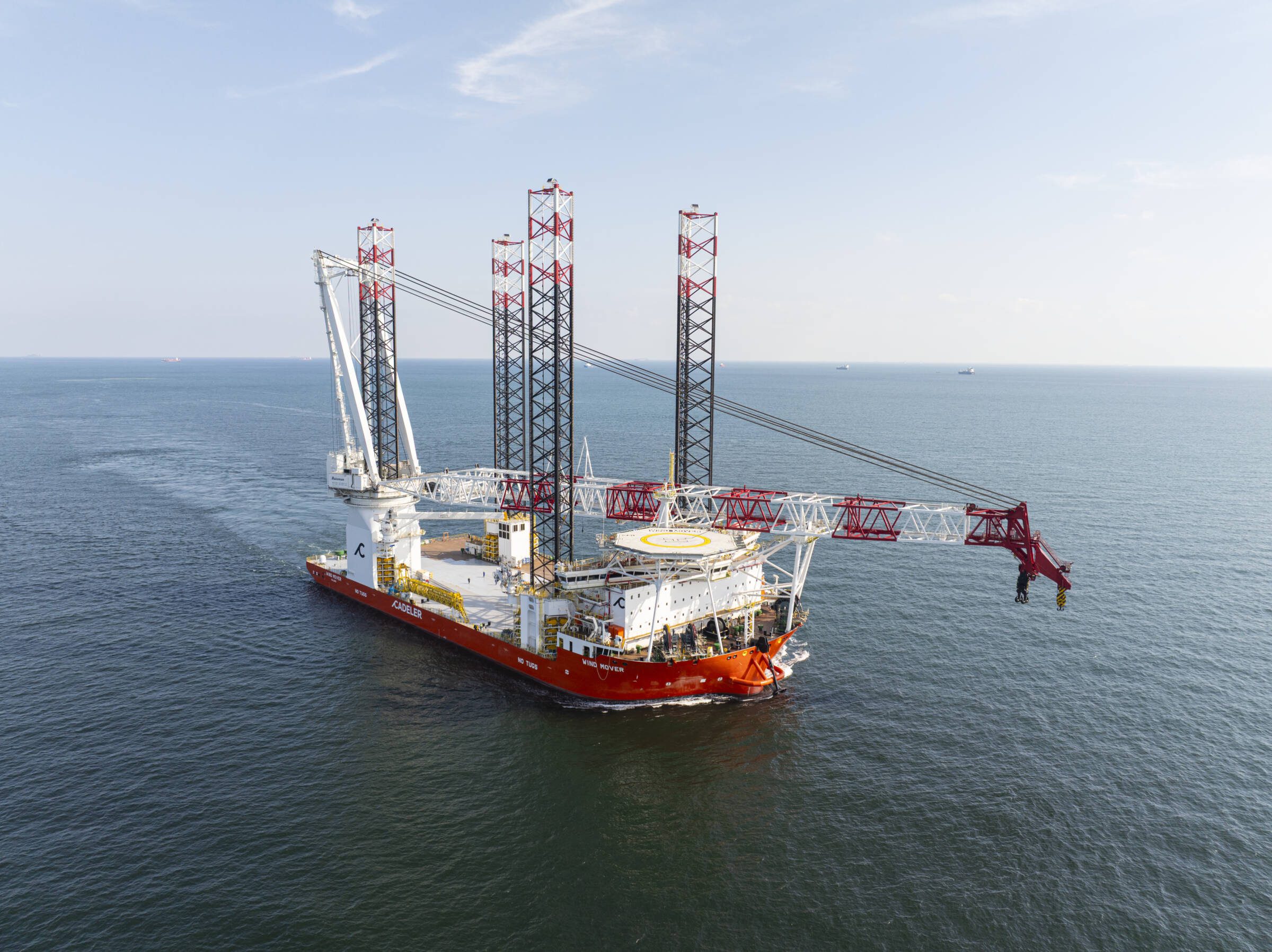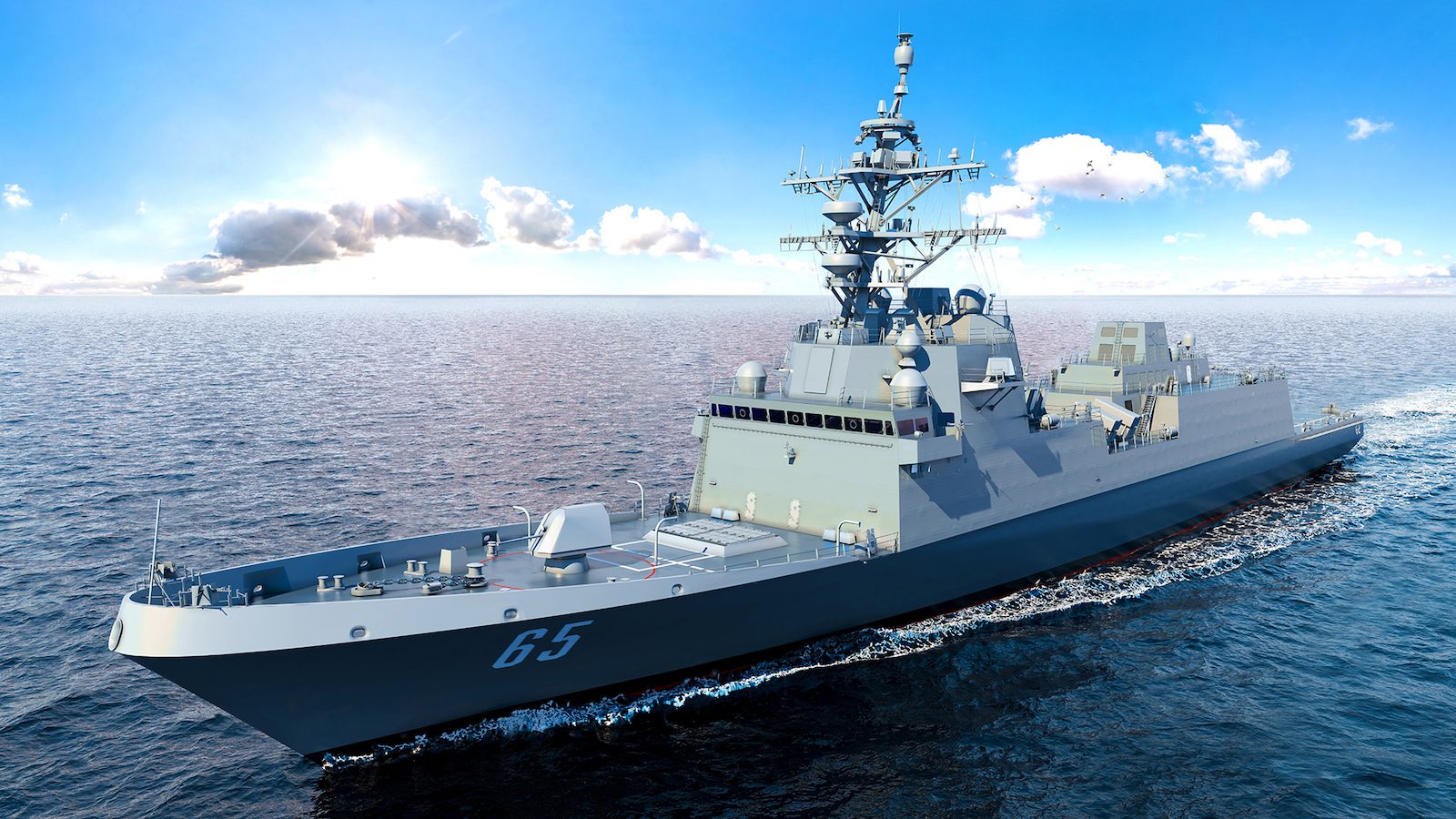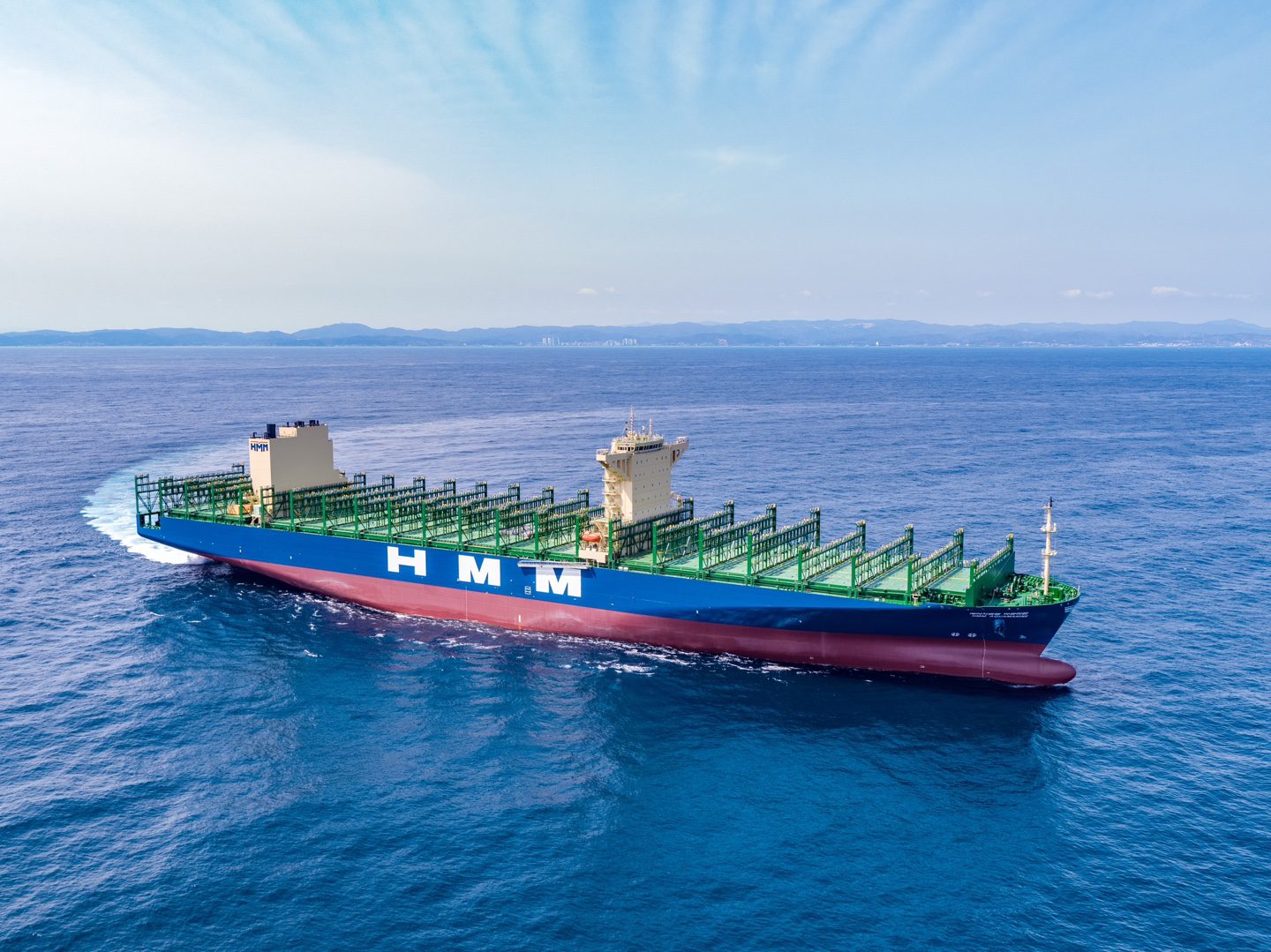The Coalition for a Prosperous America (CPA) has released a new economic report detailing how America’s capacity has dramatically declined as China’s state-funded maritime industry has overtaken global shipbuilding.
The report, “How to Solve America’s Shipbuilding Crisis,” reveals that decades of free-market policies have transformed the United States from the world’s leading shipbuilder in 1975 to its 19th largest today. The stark contrast in production capacity is alarming – the U.S. now produces fewer than five large commercial vessels annually, while China builds over 1,700, according to a recent Biden-era report from the U.S. Trade Representative.
“Shipbuilding must be a cornerstone of U.S. industrial policy,” said CPA senior economist Mihir Torsekar, the report’s author. “Every one shipbuilding job supports almost five additional jobs elsewhere in the economy. It’s time to correct the misguided policies of the past that surrendered our global leadership of this critical industry to China.”
The report highlights how China has methodically expanded its maritime dominance through industrial policies, massive subsidies, and strategic investments, growing from roughly 5% of global shipbuilding market share in 2000 to over 50% today. This expansion extends beyond commercial shipbuilding into global port infrastructure, creating serious national security implications.
According to the CPA, China’s military-civil fusion strategy has successfully integrated commercial and military shipbuilding, making China both the world’s top commercial shipbuilder and its largest and fastest-growing naval power.
Jon Toomey, President of the CPA, explained that “The erosion of America’s shipbuilding industry began in the 1980s, driven by free-market economic policies that withdrew critical government support. And when the administration terminated federal shipbuilding subsidies, that decision caused the U.S. commercial shipbuilding market to collapse virtually overnight.”
To address these challenges, the CPA proposes several solutions, including strengthening the Jones Act, establishing a shipbuilding industrial fund, implementing tax incentives, investing in domestic shipyards, imposing strategic fees on Chinese maritime assets, expanding U.S.-flagged fleets through cargo preference laws, and coordinating with allies against unfair practices.
The report highlights that rebuilding America’s shipbuilding capacity is not just an economic imperative but a national security necessity. The Arctic region is becoming increasingly important as environmental changes unlock new shipping routes and access to critical minerals needed for advanced technology.
The CPA concludes that by countering unfair competition and rebuilding domestic capacity, the United States can regain its shipbuilding prowess while creating thousands of skilled jobs and ensuring America’s influence in global maritime affairs.

 Join The Club
Join The Club











